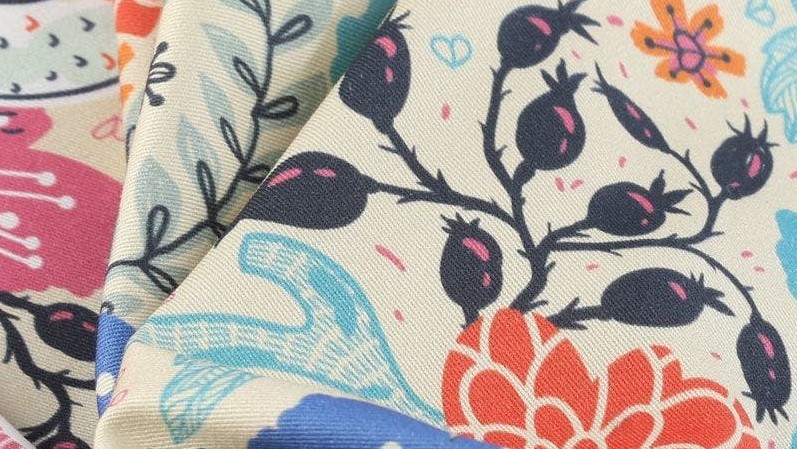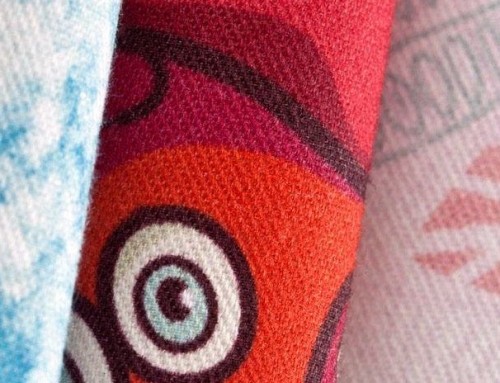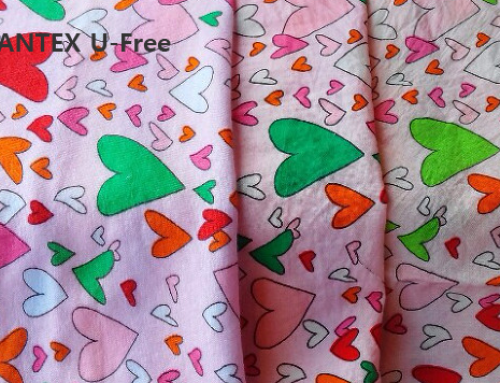This information was posted on August 8, 1997. Under the title of “Development of UREA Reduction Technology in Printing Process,” it is the content of “Requirement of Technology” of the national R & D project conducted by Korea Institute of Industrial Technology for two years (1997.8.1 ~ 2000.6.30). .
Although this article was written a long time ago, there are still no products released that address the issues indicated in the project, and the issue presented is a challenge due to the strengthening of international environmental regulations. We have been working to solve this problem for a long time, starting with 2013 HANTEX HS-316 and we have continued to improve and continue to follow-up products. We provide realistic products that meet the international environmental regulations while satisfying the quality requirements of the textile industry.
1.Textile process using UREA
In the world’s textile industry ahead of the 21st century, the demand for high value-added textile products is increasing rapidly according to the increasing trend of consumers. The importance of dyeing process continues to grow because textile products have added value through dyeing process. However, as the dyeing and processing process increases, the emission of substances causing environmental pollution increases proportionally, and the treatment thereof becomes a big problem.
In particular, in the case of high value-added printing products, due to the nature of the printing process, various additives, including dyes, UREA, etc., must be added to the dyeing plant due to various problems with the printing wastewater treatment. For textile manufacturers, the reduction of pollutants in the dyeing process provides economic benefits in many ways, including reducing the burden on waste disposal, reducing operating and disposal costs, and reducing waste collection costs. The general printing process is as follows.
Preparation of printing foil → Printing → Drying → Dyeing (Steaming) → Post-treatment (Soaping and water washing)
Reactive dyes and acid dyes are typical dyes for printing with UREA. Reactive dyes are bright in color, have good color fastness, and are one of the most important dyes for printing cotton and rayon fabrics. Acid dyes are also widely used for dyeing silk, wool and nylon because of their vivid and diverse colors. In the printing process, UREA (UREA) is used as a representative agent that improves the dissolution or dispersion state of the dye in the printing paste, helps penetration, and gives a leveling effect.
Fabrics that use a lot of UREA in printing work are cotton, Rayon, Silk, Wool, etc., which use reactive dyes and acid dyes, and cotton is 8-12% of the total weight of the color arc. 18 to 25%, 10 to 16% Wool, 4 to 8% silk and nylon is used.
2. Problems raised using the UREA
BOD5 of UREA is 90,000 ppm, which has a large load in wastewater and ammonia into the air, so it is important to reduce environmental pollution. Because of the relationship, there is no effective alternative yet. In order to reduce the amount of UREA used for printing of each textile material, it is necessary to give the maximum dyeing effect in the process. In order to increase the dyeing effect, each printing company may devise a method to substitute the effect of UREA alone, in combination (chemical method) or to give the maximum dyeing effect in the process (mechanical method). However, few techniques have been reported to effectively reduce the amount of UREA.
3. Necessity of UREA replacement
If technology is developed to reduce the amount of wastewater loaded by dyeing by reducing the amount of UREA and improving the environment in the printing process and increasing the rate of fixation of dyes, it is expected that technology diffusion in the printing industry will accelerate. In order to reduce the amount of UREA used in printing and increase the fixing rate of dyes, there are mechanical and chemical methods. As a mechanical method, there is a method of reducing UREA usage by giving the maximum dyeing effect by attaching a pre-humidification device in the post-printing steaming process. There is a method by which the UREA is used at all or less by using it in combination. Looking at the global trend of technology development, the potential demand is expected to be greatly expected since it is mainly developed in Italy by mechanically, and in the United States and Japan by pharmaceuticals. Therefore, it is urgently needed to revitalize the domestic printing industry and enhance international competitiveness in preparation for the coming Green Round through systematic research and technology development in Korea.
Developed Substitutes!
Various studies have been attempted to replace this from 20-30 years ago, but no product has been produced that is compatible with the market. After several years of development, Hansong Industries has been developing and selling a printing agent that does not generate nitrogen while completely replacing UREA.



